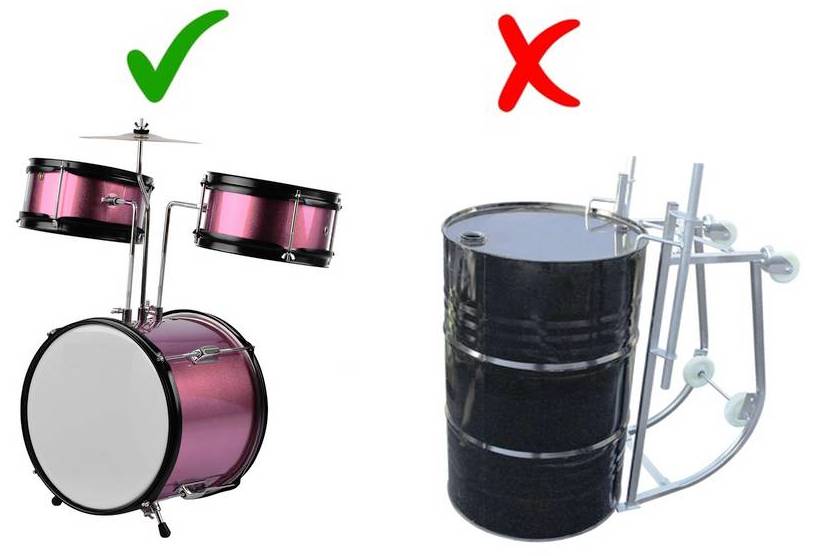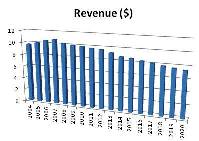Beer sales have been declining since 2008 with the core baby boomer consumer base changing consumption habits and drinking more hard liquor and wine. In the UK the amount of beer drunk has fallen by 20% over the last 10 years while US beer sales have been falling since 2008. The number of new breweries went into decline and after years of acquisitions and mergers the bigger-than-ever brewers started to feel the pinch. The parallels are clear.
The Rise Of Craft Beers
Against this doom laden backdrop there has been a standout good news story: craft brewing and micro breweries. Predominately small independent brewers this market segment has been growing strongly, albeit from a small base, in the last few years. Craft beer sales in the US grew by 10% in 2012, 17% in 2013 and 18% in 2014. In fact 2014 was the year that craft beers broke through to double digit market share (11%) for the first ever time.
Craft beers are catering for a market of discerning drinkers, whether they be hipsters or real ale purists, who are willing to pay more for quality and uniqueness.
Craft beer is like the music industry’s indie sector and vinyl sales rolled into one.

Big Brewers Get In On The Act
What gets interesting is that the big brewers are realising that if you can’t beat them then you need to join them. So the craft beer growth is not just down to plucky little cottage industries but also the big brewers opening their own micro breweries and creating their own craft ales. In fact some mid sized brewers have gone one step further and stopped producing their own mainstream beer brands, instead having them brewed on license by the big brewers, allowing them to focus on craft ales.
The margins on an increasingly commoditised market simply don’t add up unless you can bring vast scale to bear. So the similarities are clear. But there are differences in all this too. I was careful to emphasise that craft beer is like an amalgamation of vinyl and indie. It is both a product strategy pivot and a business culture pivot. What the beer industry is realising is that while there remains a mainstream majority that will continue to drink mainstream beers, the economics of that sector are challenged which means that it is hard to bear the effect of even modest negative trends. The beer industry hasn’t gone out and started finding its equivalent of playing live and selling t-shirts, instead it has looked at how to reinvent its core product to make it relevant to the new generation of its most valuable customers. And the effects are beginning to be felt at a market level. Beer consumption actually grew by 1% in 2014 in the UK and US sales were up 0.5%.
Reinvent The Product Not Just The Sales Channel
This is what needs to happen with recorded music, not just reinventing the sales and acquisition channel (which is fundamentally what the entire history of digital music sales has been about).

The beer aficionado and the music aficionado are more important to their respective industries now than they have ever been and this will only increase. The beer industry is dragging itself out of recession by super serving its super fans.
Artists have been doing the same for years with the likes of PledgeMusic, BandPage and Paetron. Now it is time for the labels and music services to do the same by working together to create a new generation of music products, such as that I laid out the vision for here. But this must also be part of a cultural shift, from treating the artist as employee to that of an agency – client relationship, a model that many label services and indie labels are already pursuing.
Of course the recorded music industry has to grapple with other extenuating factors such as the contagion of free and competition for spend from live. But even with these considerations, it is clear that music industry now needs to find its craft beer.
Blog by Mark Mulligan, posted on Music Industry

